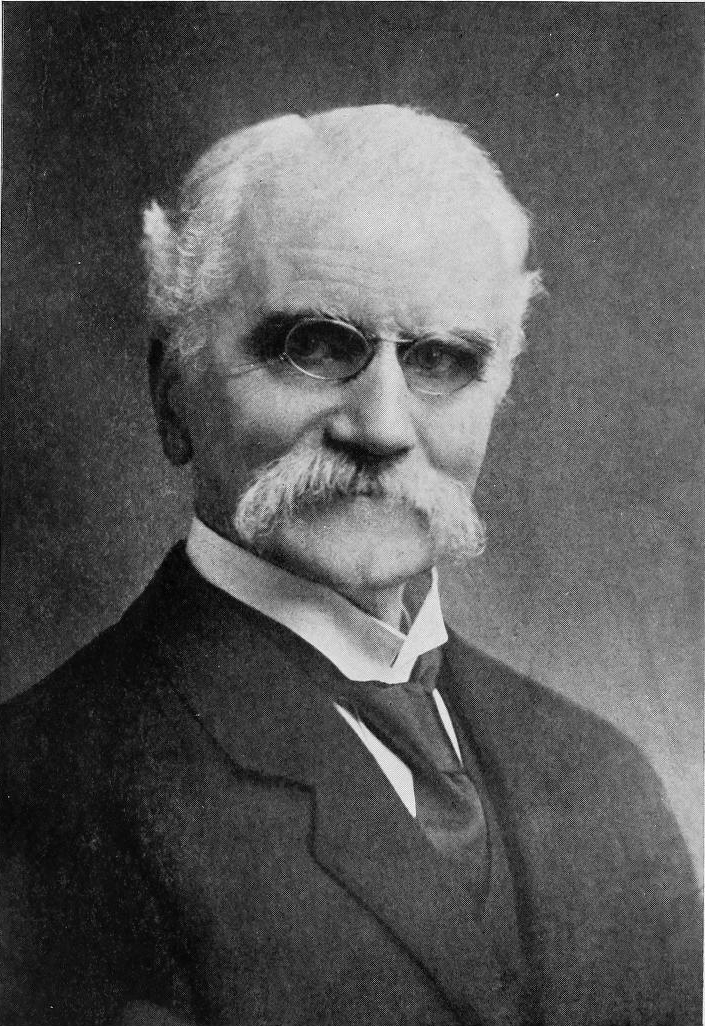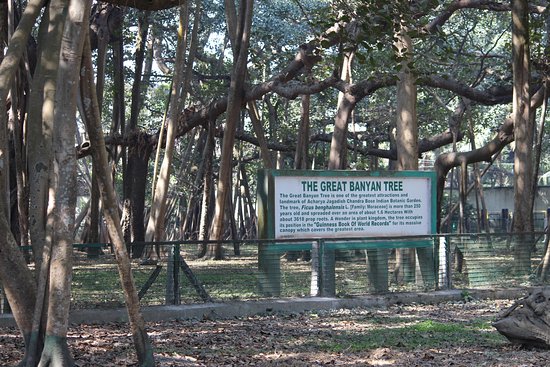|
Pinanga Andamanensis
''Pinanga andamanensis'' is one of the critically endangered species of endemic palms reported from the Andaman Islands. This insular species was first described by Odoardo Beccari in 1934, based on an old herbarium collection procured by E. H. Man during the latter part of the 19th century. After the type collection by E. H. Man this species had not been reported and was thought to be extinct from these group of Islands until 1992. While working on the flora of Mount Harriet National Park hill ranges, ''Pinanga andamanensis'' was rediscovered by Mathew & Malick of the Botanical Survey of India Botanical Survey of India (BSI) located in Kolkata, West Bengal, India. It was founded on 13 February 1890, is Government of India Ministry of Environment, Forest and Climate Change's organization for survey, research and conservation of plan ... after a gap over 100 years. Live collections are introduced at Tropical Botanic Garden and Research Institute, Trivandrum, South India.Nai ... [...More Info...] [...Related Items...] OR: [Wikipedia] [Google] [Baidu] |
Mount Harriet National Park
Mount Harriet National Park, officially renamed as Mount Manipur National Park, is a national park located in the Andaman and Nicobar Islands union territory of India. The park, established in 1969, covers about 4.62 km2 (18.00 mi2). Mount Manipur ( Mount Harriet) (), which is a part of the park, is the third-highest peak in the Andaman and Nicobar archipelago next to Saddle Peak () in North Andaman and Mount Thullier () in Great Nicobar. The park is named in commemoration of Harriet C. Tytler, the second wife of Robert Christopher Tytler, a British army officer, an administrator, naturalist and photographer, who was appointed Superintendent of the Convict Settlement at Port Blair in the Andamans from April 1862 to February 1864. Harriet is remembered for her work in documenting the monuments of Delhi and for her notes at the time of the Revolt of 1857 in India. The park's well-known faunal species are Andaman wild pigs (an endangered species), saltwater crocodi ... [...More Info...] [...Related Items...] OR: [Wikipedia] [Google] [Baidu] |
Andaman Islands
The Andaman Islands () are an archipelago in the northeastern Indian Ocean about southwest off the coasts of Myanmar's Ayeyarwady Region. Together with the Nicobar Islands to their south, the Andamans serve as a maritime boundary between the Bay of Bengal to the west and the Andaman Sea to the east. Most of the islands are part of the Andaman and Nicobar Islands, a Union Territory of India, while the Coco Islands and Preparis Island are part of the Yangon Region of Myanmar. The Andaman Islands are home to the Andamanese, a group of indigenous people that includes a number of tribes, including the Jarawa and Sentinelese. While some of the islands can be visited with permits, entry to others, including North Sentinel Island, is banned by law. The Sentinelese are generally hostile to visitors and have had little contact with any other people. The government protects their right to privacy. History Etymology In the 13th century, the name of Andaman appears in Late Middle ... [...More Info...] [...Related Items...] OR: [Wikipedia] [Google] [Baidu] |
Odoardo Beccari
Odoardo Beccari (16 November 1843 – 25 October 1920) was an Italian botanist famous for his discoveries in Indonesia, particularly New Guinea, and Australia. He has been called the greatest botanist to ever study Malesia. His author abbreviation is when citing a botanical name. Life Youth and education (1843–1864) Odoardo Beccari was born in Florence as the third child of Giuseppe di Luigi Beccari and the first child of Antonietta Minucci. After he lost his mother in early infancy and his father in 1849, he was brought up by a maternal uncle Minuccio Minucci. From 1853–1861, he attended the prestigious secondary school Real Collegio in Lucca. Here, one of his teachers was abbot Ignazio Mezzetti (1821–1876), a passionate collector of botanical specimens, who inspired him to pursue botany and assemble a herbarium. He later named the genus Mezzettia in his honor. In August 1861, he commenced his studies at the University of Pisa. Here he quickly captured the attent ... [...More Info...] [...Related Items...] OR: [Wikipedia] [Google] [Baidu] |
Herbarium
A herbarium (plural: herbaria) is a collection of preserved plant specimens and associated data used for scientific study. The specimens may be whole plants or plant parts; these will usually be in dried form mounted on a sheet of paper (called ''exsiccatum'', plur. ''exsiccata'') but, depending upon the material, may also be stored in boxes or kept in alcohol or other preservative. The specimens in a herbarium are often used as reference material in describing plant taxa; some specimens may be types. The same term is often used in mycology to describe an equivalent collection of preserved fungi, otherwise known as a fungarium. A xylarium is a herbarium specialising in specimens of wood. The term hortorium (as in the Liberty Hyde Bailey Hortorium) has occasionally been applied to a herbarium specialising in preserving material of horticultural origin. History The making of herbaria is an ancient phenomenon, at least six centuries old, although the techniques have changed l ... [...More Info...] [...Related Items...] OR: [Wikipedia] [Google] [Baidu] |
Edward Horace Man
Edward Horace Man (1846 – 28 September 1929) was a British administrator and anthropologist who studied the Andaman and Nicobar tribes in the 19th century. His collections of artefacts and photographs are held in the Pitt Rivers Museum. Man was the son of Captain Henry Man of the Madras Staff Corps and Emma Martha. Captain Henry Man had helped establish the penal settlement at Port Blair and was later briefly Resident Councillor at Singapore before returning to Port Blair. Captain Henry Man took an interest in the Andamanese people and conducted some explorations of kitchen middens at some sites on the islands. Little is known of Man's early life but he joined his father in October 1869 and became an assistant superintendent at the Penal Settlement. He also served as a treasurer from 1869 to 1870 and as officer in charge of the Andaman Homes from 1875 to 1879. Between 1880 and 1882 he visited England on leave and visited various societies and passed on some of his collections to ... [...More Info...] [...Related Items...] OR: [Wikipedia] [Google] [Baidu] |
Botanical Survey Of India
Botanical Survey of India (BSI) located in Kolkata, West Bengal, India. It was founded on 13 February 1890, is Government of India Ministry of Environment, Forest and Climate Change's organization for survey, research and conservation of plant wealth of India, flora and endangered species of India, including by collecting and maintaining germplasm and gene bank of endangered, patent and vulnerable plant species. History BSI was formally instituted by East India Company (EIC) on 13 February 1890Botanical Survey of India (BSI) "History", Botanical Survey of India. under the direction of Sir who became first ex-officio director, earlier he had bee ... [...More Info...] [...Related Items...] OR: [Wikipedia] [Google] [Baidu] |
Pinanga
''Pinanga'' is a genus of flowering plant of the palm family in the subtribe Arecinae. It is native to eastern and southern Asia (India, China, Indo-China, Malesia) across to New Guinea. Species Accepted species: * ''Pinanga acaulis'' Ridl. * ''Pinanga acuminata'' A.J.Hend. * ''Pinanga adangensis'' Ridl. * ''Pinanga albescens'' Becc. * '' Pinanga andamanensis'' Becc. * ''Pinanga angustisecta'' Becc. * ''Pinanga annamensis'' Magalon * '' Pinanga arinasae'' Witono * ''Pinanga aristata'' (Burret) J.Dransf. * ''Pinanga arundinacea'' Ridl. * ''Pinanga auriculata'' Becc. * ''Pinanga badia'' Hodel * ''Pinanga basilanensis'' Becc. * ''Pinanga batanensis'' Becc. * '' Pinanga baviensis'' Becc. * '' Pinanga bicolana'' Fernando * '' Pinanga borneensis'' Scheff. * '' Pinanga brevipes'' Becc. * '' Pinanga caesia'' Blume * '' Pinanga capitata'' Becc. * ''Pinanga cattienensis'' Andr.Hend., N.K.Ban & N.Q.Dung * '' Pinanga celebica'' Scheff. * '' Pinanga chaiana'' J.Dransf. * '' Pinanga cleista ... [...More Info...] [...Related Items...] OR: [Wikipedia] [Google] [Baidu] |
Plants Described In 1934
Plants are predominantly photosynthetic eukaryotes of the kingdom Plantae. Historically, the plant kingdom encompassed all living things that were not animals, and included algae and fungi; however, all current definitions of Plantae exclude the fungi and some algae, as well as the prokaryotes (the archaea and bacteria). By one definition, plants form the clade Viridiplantae (Latin name for "green plants") which is sister of the Glaucophyta, and consists of the green algae and Embryophyta (land plants). The latter includes the flowering plants, conifers and other gymnosperms, ferns and their allies, hornworts, liverworts, and mosses. Most plants are multicellular organisms. Green plants obtain most of their energy from sunlight via photosynthesis by primary chloroplasts that are derived from endosymbiosis with cyanobacteria. Their chloroplasts contain chlorophylls a and b, which gives them their green color. Some plants are parasitic or mycotrophic and have lost the ability ... [...More Info...] [...Related Items...] OR: [Wikipedia] [Google] [Baidu] |
Flora Of The Andaman Islands
Flora is all the plant life present in a particular region or time, generally the naturally occurring (indigenous) native plants. Sometimes bacteria and fungi are also referred to as flora, as in the terms ''gut flora'' or '' skin flora''. Etymology The word "flora" comes from the Latin name of Flora, the goddess of plants, flowers, and fertility in Roman mythology. The technical term "flora" is then derived from a metonymy of this goddess at the end of the sixteenth century. It was first used in poetry to denote the natural vegetation of an area, but soon also assumed the meaning of a work cataloguing such vegetation. Moreover, "Flora" was used to refer to the flowers of an artificial garden in the seventeenth century. The distinction between vegetation (the general appearance of a community) and flora (the taxonomic composition of a community) was first made by Jules Thurmann (1849). Prior to this, the two terms were used indiscriminately.Thurmann, J. (1849). ''Essai de Phy ... [...More Info...] [...Related Items...] OR: [Wikipedia] [Google] [Baidu] |






